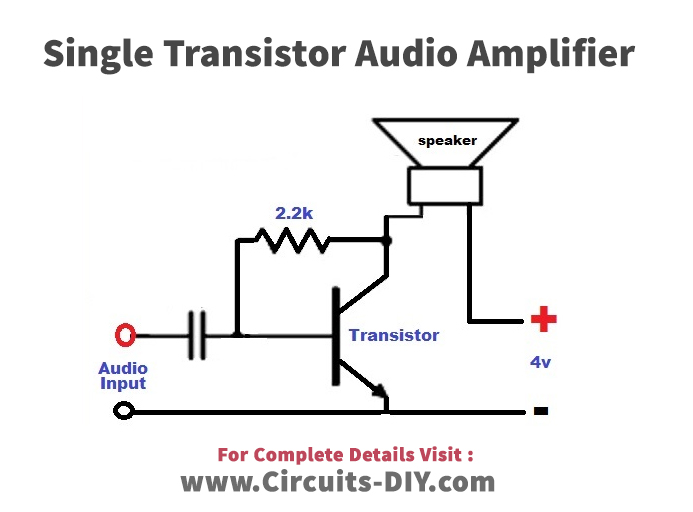

Class-C amplifiers have very high efficiencies, but don’t operate in the linear mode. Although there are many classes of amplifiers defined, the two that are in common use for most high power RF amplifiers are class-AB and class-C.

Linearity is always a trade-off with efficiency. The amplifier class of operation chosen depends on a number of factors including power output, degree of linearity required, efficiency, topology, and signal type. The level of this idling current is dependent on “class of operation” that the designer chooses. Getting into this “linear region” of transistors involves maintaining a level of DC current in the device, which will ensure that transistor is turned on even when no signal is applied.

These distortion related byproducts are directly responsible for audible anomalies at the receiving station as well as interference to other bands/frequencies. In an RF amplifier, maintaining the original modulated signal integrity at the output is essential in reduction of harmonic and spurious emissions. What is a linear amplifier? Simply put, a linear amplifier is a device that increases an input signal level without distorting the original wave shape.

These devices were designed to produce adequate power and gain at 28 MHz, while operating from lower voltage sources (12-14VDC) that are present in a mobile environment. Some typical examples of high power RF BJTs are the Toshiba 2SC2290 and 2SC2879. Generally, in the mobile RF linear amplifier arena the BJT is the preferred device due to its superior gain at lower source voltages. Each have their own advantages/disadvantages. The BJT (bi-polar junction transistor) is basically a current controlled device, while the FET (field effect transistor) is a voltage controlled device. There are basically two types of transistors used today in RF linear amplifiers. Transistors have improved steadily over the years in power handling capability, frequency range, and reliability. With the advent of solid state technologies, the transistor solved many of the vacuum tube shortcomings. Dissipate considerable power (heat) while idling.Tubes functioned well but have some inherent problems: Alas, in the beginning only vacuum tube types were available. Mobile RF amplifiers have been in existence for many years. Mobile Solid State Linear Amplifier Basicsīy Telstar Electronics (Manufacturer of the Skywave DX350)


 0 kommentar(er)
0 kommentar(er)
